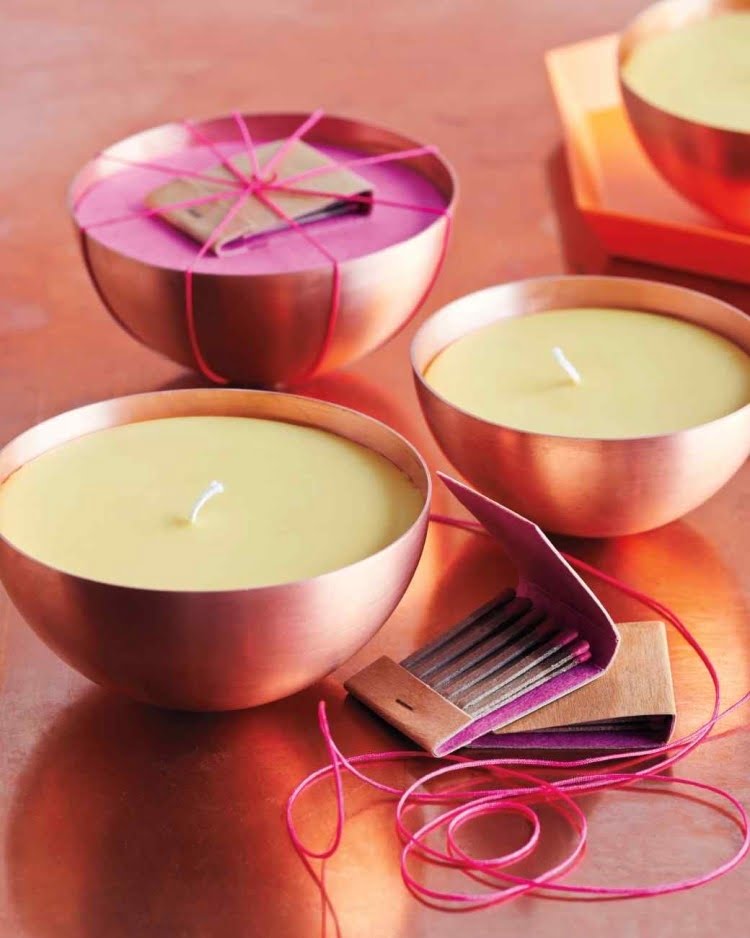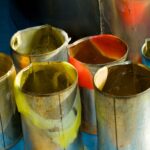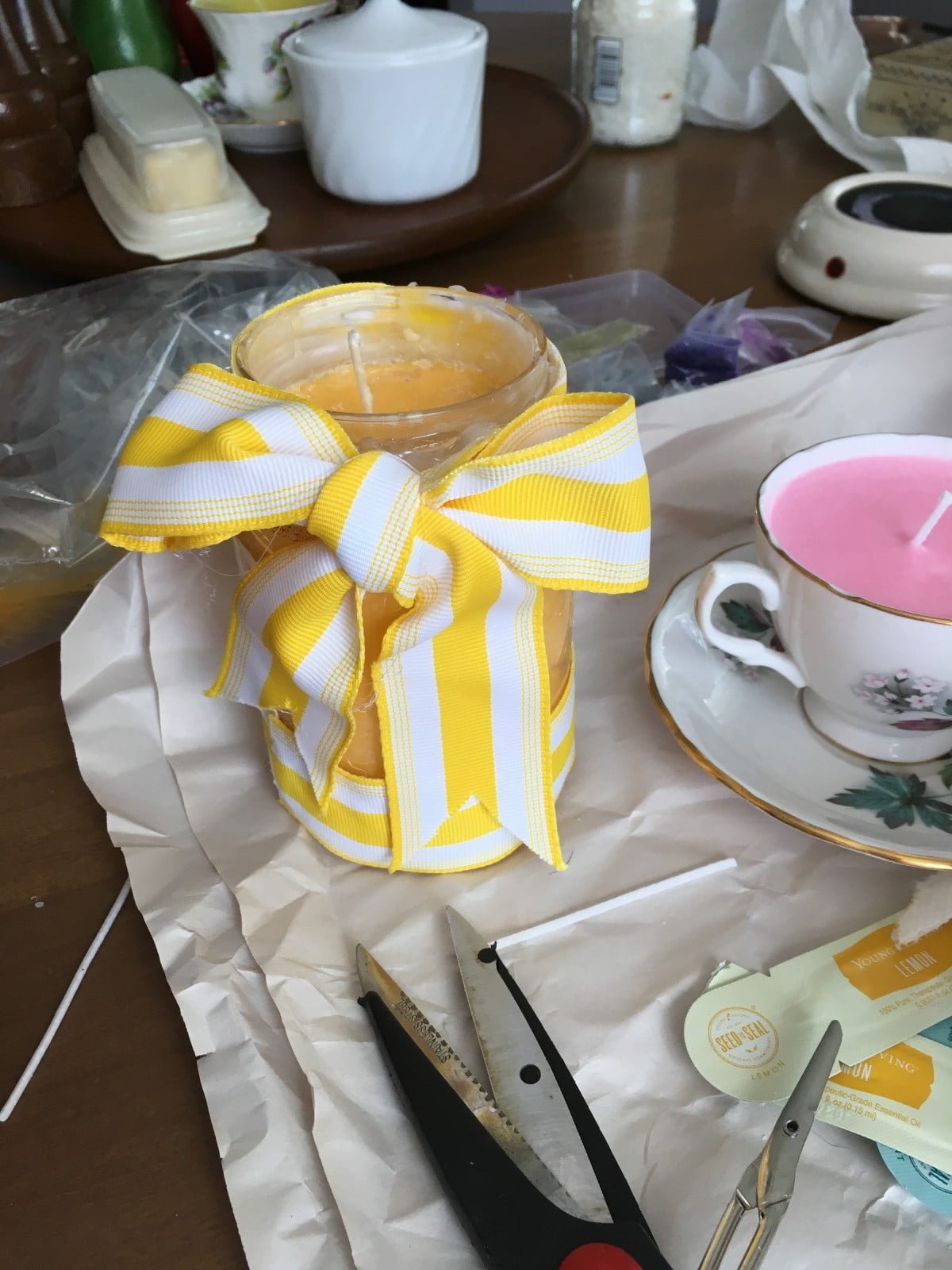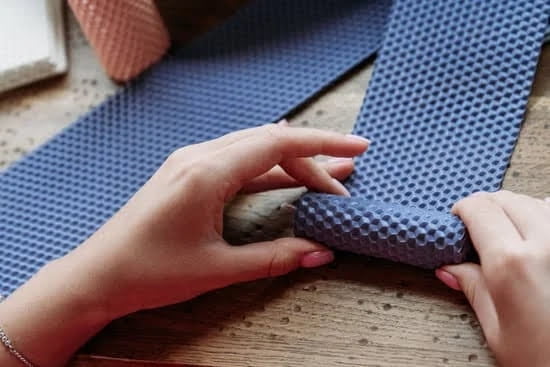Introduction
Beeswax is a popular material for candle making, with its distinct natural floral aroma and its naturally drip-resistant properties. There are several types of beeswax on the market for candle-making, including pastilles, sheets, cubes, and slabs. Each can be used in different ways to achieve various results. Beeswax works well in all types of candles from pillar candles to tea lights to votives. As compared to other waxes commonly used in candle making, beeswax has many advantages such as being non-toxic and burnable without any additives; producing minimal smoke when lit; providing a long lasting flame; and releasing a pleasant honey scent when burning. In general, beeswax emits up to twice as much light as paraffin wax or soy wax when burned alone. Furthermore, beeswax candles naturally produce negative ions that can contribute to a healthier indoor environment by cleaning the air of dust particles and dander.
Types of Beeswax
Pure beeswax is the most natural and pure form of wax available. It’s yellow in color and sometimes contains fragments of pollen, bee parts, and honeycomb. This type of wax makes beautiful candles with a unique scent and may burn longer than other types.
Filtered beeswax is clear in color since it has undergone a process to remove the bee parts, pollen, and honeycomb. This type of wax has a mild scent, and it can create clean-burning candles or lend a softer, creamier texture to softened beeswax.
Finally, bleached beeswax is typically yellowish-white due to its organization through exposure to hydrogen peroxide or chlorine bleach compounds. Although bleached wax may no longer have aroma, it gives candles a beautiful white sheen which may be desired in various applications.
Buying Beeswax
When selecting beeswax for candle making, it is important to look not only at the price, but also the quantity. Though often more expensive initially, purchasing in bulk can save you a lot of money in the long run. Natural beeswax can be purchased unrefined or bleached and often comes in blocks, slabs, pellets and tarts. Unrefined blocks are usually cheaper per pound than refined options. Some people like an odorless wax, so they choose bleached varieties over unrefined; however, if scent is desired ” such as from essential oils ” going with unrefined block beeswax ensures that its natural scent will balance out the additional fragrances you incorporate. Pellets are convenient for measuring and melting down since they are already broken up into small sizes. Tarts are great for home fragrance purposes; just break off pieces and use them melted in burners or crocks with tealights or electric warmers. Additionally, there are many different blends of beeswax available on the market that provide various color palettes which can help liven up a standard candle design.
The Process
When it comes to finding the best beeswax for candle making, look for something that is 100% pure and organic. This type of beeswax will be creamier in texture and give you a better quality product when making candles. It is also great to check the sap content; too much sap can inhibit your candle from staying lit properly.
When buying beeswax, make sure that it is stored in an airtight container and away from heat or direct sunlight as both of those can cause it to decay. To help ensure lasting quality, many beekeepers recommend storing beeswax in a cool environment such as the refrigerator or in a garment bag hung in a closet. For best results, use the wax within two months of purchase.
When working with beeswax at home, ensure that all equipment used for candle-making is thoroughly clean and free of any left-over residue from previous projects. This includes melting pots, wick pins, scales, molds – everything needs to be completely clean! When melting the wax over direct heat (for example on a stove top), use low to medium heat setting to prevent strengthening the wax molecules too quickly which causes discoloration and affects performance. Mixing dye into melted wax should only be done while temperature is not exceeding 140°F (60°C) ” higher than this could affect burning times and decrease the overall performance of your candles.
Wax Additives
When making candles, wax additives are generally added to candles in order to alter the candle’s characteristics. Wax additives can consist of anything to mica, pigments, dyes, fragrances and more. By adding these different elements, you can play around with the hardness, liquid point and melting point of the candle wax.
Mica is a shimmery powder which can be used in candles to create a soft sheen or sparkle on the surface of the melted wax. Pigments are usually powdered products that have been formulated for use in candles that color without altering the scent or other properties of a recipe. Dyes work differently than pigments as they actually change the scent and whiteness of a candle’s wax by adding colors such as red, yellow and blue that help develop custom colors for certain types of candles.
Fragrances are another type of additive used mainly to introduce scents into a candle; this could include essential oils like lavender oil or fragrance oils like pine or strawberry crushed cookie. Finally, Vybar is an additive used to increase both the hardening and curative properties of waxes while extending warmer burning times. It also helps reduce shrinkage when cooling which aids in longer lasting candles with clearer colors than if Vybar was not added. It also produces more rigid structures when cooled. As you can see these various additives often help improve upon various characteristics infused into every candle recipe dictated by beeswax depending on its origin.
Candle Making Troubleshooting
Beginners:
1) Make sure to use the right wicking size for your candle. This affects how quickly the wax will burn.
2) Use a thermometer or double boiler when melting your wax so that it doesn’t get too hot and instead is just heated enough to melt properly.
3) Make sure not to add too much scent, color, or additives as this can affect Flame Height and Soot Production.
4) Take care when pouring your wax into the mould so that you don’t create air pockets.
5) Choose the best beeswax for candle making – beeswax comes in several grades, some of which are popular with professional and hobbyist candle makers for their specific properties.
Advanced:
1) Test different wicking sizes during batch making to come up with an exact formula for the perfect flame height in your candles.
2) Consider experimenting with different types of waxes, whether natural or synthetic, in combination with beeswax to achieve certain characteristics like slowing down burning time and creating a more aesthetically pleasing surface finish on your finished candles.
3) Monitor different additives to ensure that they do not cause vapors or other erratic behaviors while burning yours candles.
4) Carefully choose your packaging materials to ensure that your wax remains pure and without degradation during storage or transport.
Finishing Touches
When it comes to coloring and scenting beeswax candles, there is a wide range of options available. For coloring you can purchase premixed dyes which work very well and provide consistent results. Or, for a more natural approach, you can use crayons or all-natural wax dyes to create your own unique custom candle color. Similarly, for adding a beautiful scent to your beeswax candle you can buy pre-mixed fragrances formulated specifically for candle makers, melt in some essential oils or dried herbs such as lavender and chamomile for a less intense aroma, or even combine these choices to create your own personalized fragrance combinations. If creativity is what you’re after then this latter option is the way to go” mix up some cedar wood essential oil with sandalwood essential oil, add a few drops of peppermint essential oil, and voila! You have your own unique beeswax candle scent that no one else has experienced before!
Conclusion
If candle makers are looking for new inspiration and techniques for using beeswax in their creations, there are several great resources available.
Firstly, craft stores or art supply stores can be a great start for anyone wanting to learn more about using beeswax in the creation of candles. Many stores have specific sections devoted to candle and wax making supplies, where experienced staff can offer advice on which beeswax is best suited to certain projects.
Online blogs and tutorials are also an excellent source of information and ideas on how to incorporate beeswax into different designs. They often contain tips from professional candle makers as well as step-by-step visuals of techniques such as rolling sheets of wax or container voting.
Crafting magazines are another great resource that shares helpful information regarding all aspects of wax crafting. Additionally, many bookstores carry titles specifically written by professional candle makers that provide valuable insight into the making of various types of candles with beeswax.
Finally, attending a local workshop or class focused on candlemaking can be extremely beneficial for all levels ” from beginners to experts! Instructors will guide students through the creative process and teach them useful tips and tricks for improving their skills with each lesson.

Welcome to my candle making blog! In this blog, I will be sharing my tips and tricks for making candles. I will also be sharing some of my favorite recipes.





